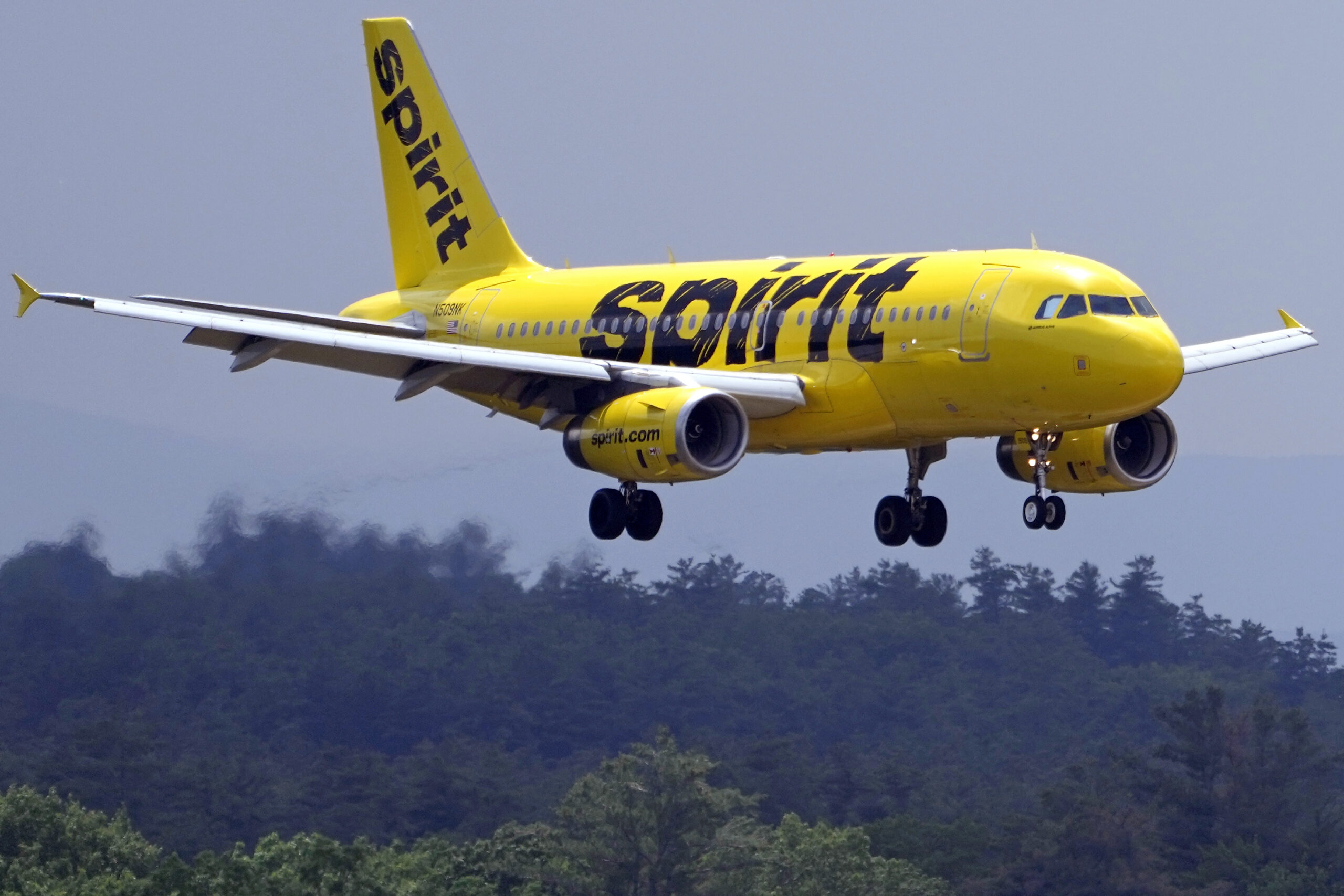Spirit Airlines, known for being a low-cost carrier in the U.S., has gained attention for its budget-friendly fares and no-frills service. However, as with many budget airlines, questions arise about its safety. For travelers considering Spirit, a common concern is: Is it safe to fly? In this article, we’ll explore Spirit Airlines’ safety record, fleet maintenance, crew training, and other critical factors to help you make an informed decision.
Spirit Airlines Safety Record
Spirit Airlines has a strong safety record, with no major accidents or fatalities reported in its history. The airline adheres to the safety standards set by the Federal Aviation Administration (FAA), which monitors all U.S. carriers. While Spirit has faced operational delays and customer service complaints, these issues are separate from flight safety concerns. When compared to other budget airlines, Spirit’s safety record stands firm, aligning with the industry average for safe operations.
Fleet and Aircraft Maintenance
Spirit Airlines operates one of the youngest fleets in the industry, primarily using Airbus A320 and A321 models. These modern aircraft are known for their reliability and efficiency. The FAA regulates the airline’s maintenance schedule, which mandates regular inspections and safety checks. Spirit also works with certified maintenance providers to ensure all aircraft remain in top condition. This focus on fleet modernization and stringent maintenance ensures Spirit’s planes are well-equipped for safe travel.
Pilot Training and Certification
Spirit Airlines ensures that its pilots meet strict regulatory requirements for both training and certification. Pilots undergo comprehensive training programs, including simulated emergency scenarios, and must pass recurrent training courses annually. Spirit’s training standards are aligned with FAA regulations, which means pilots are trained to handle a wide range of in-flight situations. Spirit’s pilots are also required to have the same certifications as those working for major airlines, ensuring that passengers are in experienced hands.
Cabin Crew and Safety Protocols
Spirit’s cabin crew undergoes extensive safety training, focusing on emergency procedures, first aid, and passenger assistance during crises. The airline ensures that flight attendants are certified under FAA regulations and that each crew member is trained to manage evacuations and in-flight emergencies. The safety demonstrations and protocols are standard across the industry, ensuring passengers are well-informed and prepared in case of any issues. Passenger reviews often note the professionalism of Spirit’s crew when it comes to enforcing safety measures.
Spirit Airlines and the FAA
The FAA plays a key role in regulating all U.S. airlines, and Spirit Airlines is no exception. Spirit complies with the FAA’s rigorous safety standards, which include regular inspections, audits, and maintenance oversight. While Spirit has faced operational delays and customer complaints, it has maintained a clean safety record with the FAA. Any issues raised by the FAA, such as maintenance delays or procedural lapses, have been swiftly addressed by the airline, ensuring compliance with federal regulations.
Passenger Experience and Perception
Passenger reviews of Spirit Airlines are often focused on its no-frills service and low costs, but safety rarely comes into question. While the airline may receive complaints about hidden fees, seating comfort, or customer service, most travelers report feeling safe onboard. Many misconceptions about Spirit’s budget fares leading to compromised safety are unfounded, as safety standards are universal across U.S. airlines, regardless of price. In fact, budget airlines like Spirit are subject to the same stringent regulations as major carriers.
Spirit Airlines Safety Enhancements
In recent years, Spirit has made several enhancements to its safety protocols and operations. The airline has invested in upgrading its fleet with more fuel-efficient and technologically advanced aircraft. It has also improved its internal maintenance procedures and ramped up crew training programs to ensure quick and effective responses to emergencies. Looking ahead, Spirit is committed to adopting further innovations in safety technology, ensuring its operations meet or exceed industry standards.
Conclusion
Spirit Airlines is a safe airline to fly, with a solid safety record, modern fleet, and adherence to FAA regulations. While passengers may experience inconveniences related to service or additional fees, these issues do not affect the airline’s commitment to safety. Whether you’re booking a budget-friendly flight for leisure or business, you can be assured that Spirit prioritizes the safety of its passengers just as any major airline does. Always check for updated safety information before flying, but rest assured that Spirit maintains a strong focus on safety in its operations.

